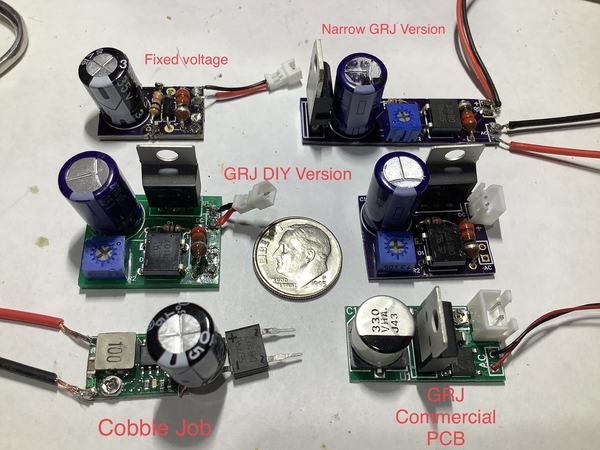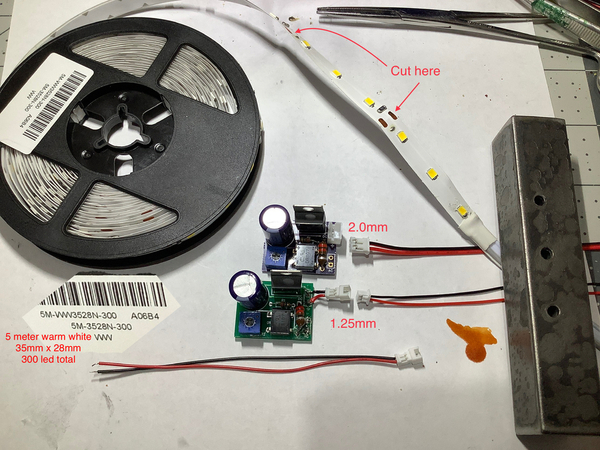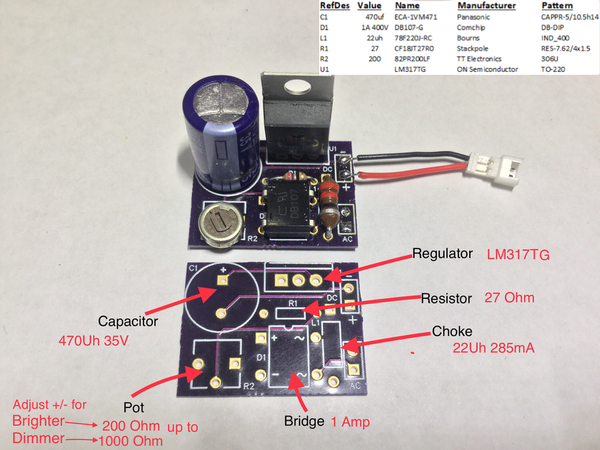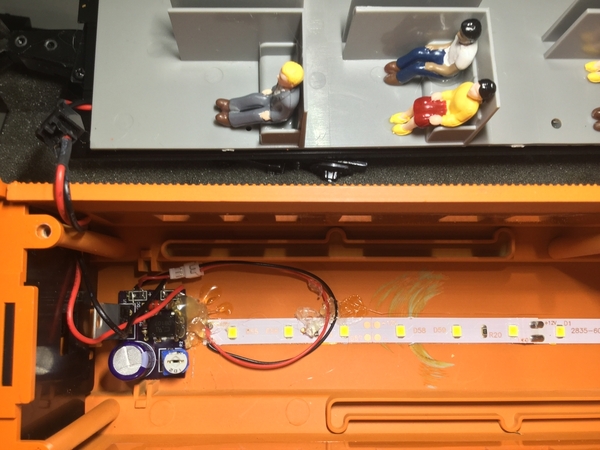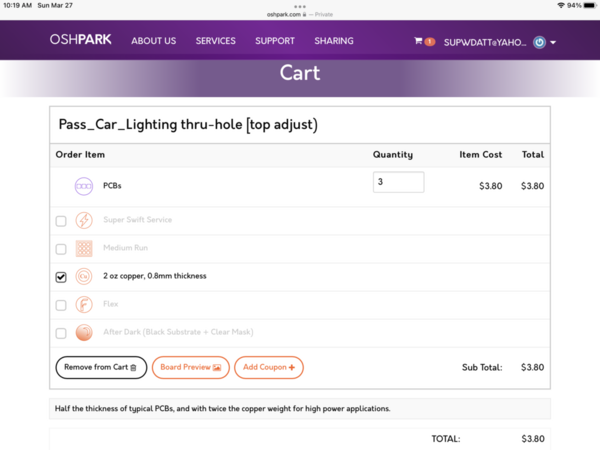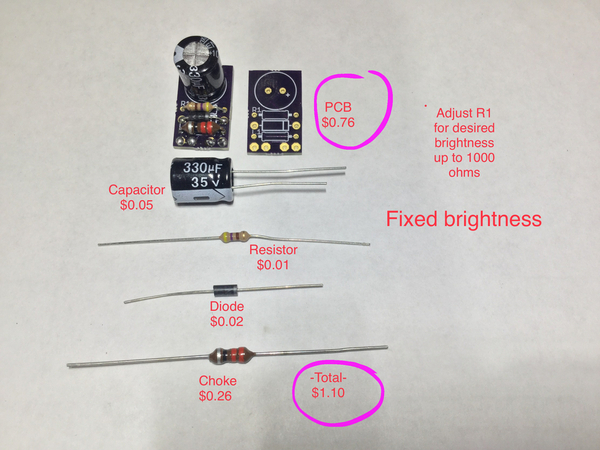You can buy the boards from OSHPark, but if you use a place like JLCPCB, they can be MUCH cheaper. I just ordered 25 1" x 2" boards from JLCPCB, and the total price was a bit over $10.
As a test, I just entered an order for 100 of the lighting boards under discussion at JLCPCB, and the total cost including shipping was $11.90, so that's 12 cents a board! It don't get much cheaper than that!

Did I misunderstand something? I thought the DIY kit had everything you needed to complete the module, but that does not appear to be true. I'm about ready to give up...
You keep saying you're about to give up, and truthfully it's getting a little tiring. We all trying to accommodate you here, and the constant defeatism is wearing. Truthfully, if you want an "all inclusive" solution to the board, I gave you one, you're just not willing to pay for it: LED Lighting Regulator.
I get that you don't want to spend the money for the pre-made and tested modules, but time is money. If you want to spend less money, you will spend more time. Quite frankly, I seriously doubt you'll spend less money than a little judicious shopping for boards and components for this lighting board and the matching 5V LED strips. Yes, you're going to have to put a little more effort into it, and we've certainly been trying to help you achieve your goal.








